
by Ria Olivier | Jun 30, 2021 | Announcement, Research, SCAR, Science, Southern Ocean, sub-Antarctic
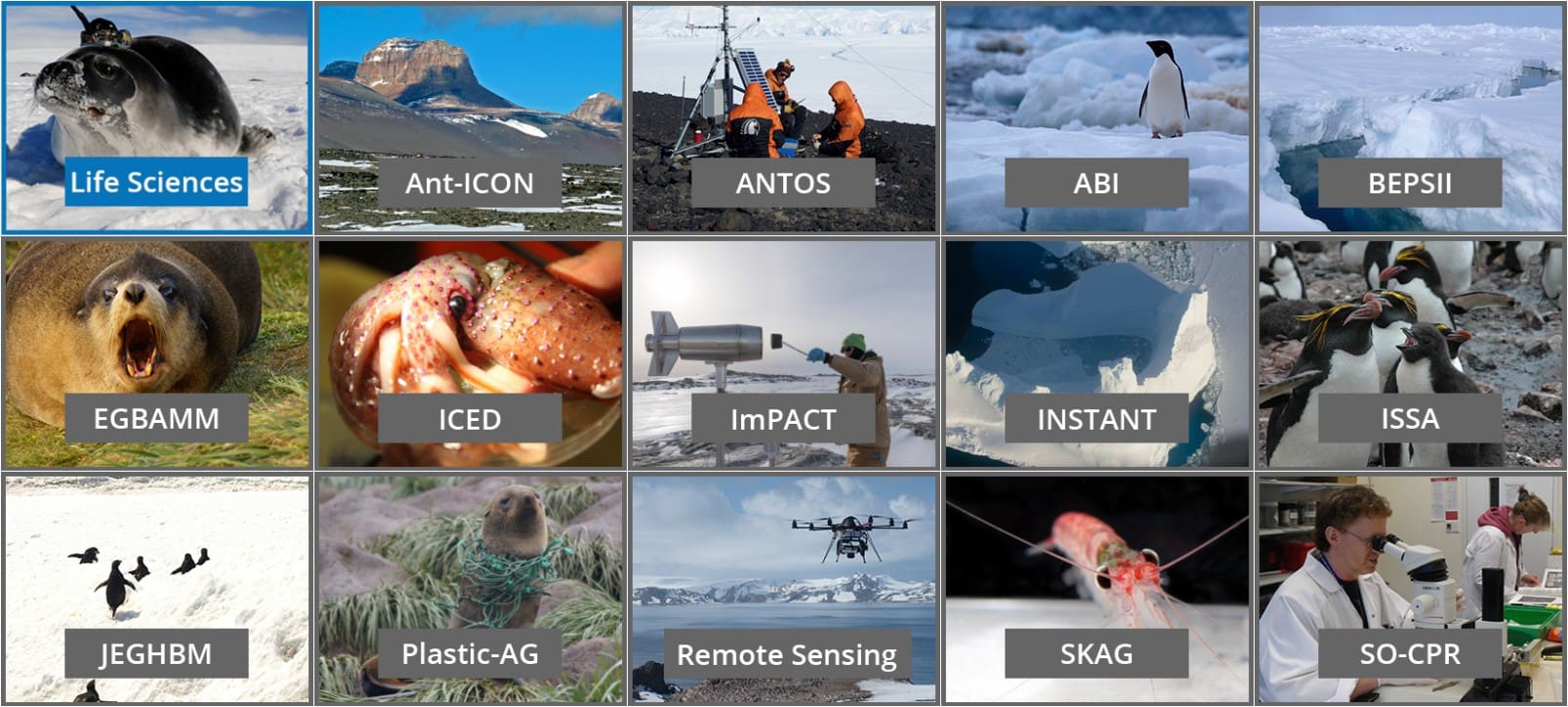
Life Sciences members,
“SCAR is involved with several programs for which we would like your assistance.” Below call for experts that the Vice President for Sciences at SCAR. We would like to know if there are people in the Life Sciences community who would be interested in getting involved in these two initiatives, the SO decade and the Cryosphere pavillion at the COP26.
Southern Ocean United Nations Decade(SO Decade)
 Thanks to those of you who helped get word out about the survey. This initiative is coordinated by SCAR and is part of the United Nations Decade of Ocean Science for Sustainable Development. We are working with SOOS, SCOR, ICED, Clivar, IODE, EPB, IAATO. There has already been one workshop (report can be accessed here) and a second workshop is planned for September in conjunction with the Polar Data Forum. We are in the process of putting together seven working groups (10 members each) that align with the UN-identified societal needs:
Thanks to those of you who helped get word out about the survey. This initiative is coordinated by SCAR and is part of the United Nations Decade of Ocean Science for Sustainable Development. We are working with SOOS, SCOR, ICED, Clivar, IODE, EPB, IAATO. There has already been one workshop (report can be accessed here) and a second workshop is planned for September in conjunction with the Polar Data Forum. We are in the process of putting together seven working groups (10 members each) that align with the UN-identified societal needs:
- A clean ocean where sources of pollution are identified and removed
- A healthy and resilient ocean where marine ecosystems are mapped and protected
- A predictable ocean where society has the capacity to understand current and future ocean conditions
- A safe ocean where people are protected from ocean hazards
- A sustainably harvested ocean ensuring the provision of food supply
- A transparent ocean with open access to data, information and technologies
- An inspiring and engaging ocean where society understands and values the ocean.
If you would have any suggestions for working group chairs or members, please let me know and I will contact them. There is an online kick-off event planned for July 9 that will be open to anyone interested in joining or learning more. Meeting details will follow, but if you have any people to suggest for working groups please send soon.
Cryosphere Pavilion at COP26
 We have been invited to participate in the Cryosphere Pavilion at COP26 which will be in Glasgow Oct 31-Nov12, 2021. We should consider providing speakers and topics. There will be opportunities to be present in person and virtually. The concept note for the Pavilion is attached and there is also a link to the Cryosphere Pavillion at COP25 as an example.
We have been invited to participate in the Cryosphere Pavilion at COP26 which will be in Glasgow Oct 31-Nov12, 2021. We should consider providing speakers and topics. There will be opportunities to be present in person and virtually. The concept note for the Pavilion is attached and there is also a link to the Cryosphere Pavillion at COP25 as an example.
There is also the possibility if having our own side event (likely with partners including the ICCI who are managing the Cryosphere Pavilion). This will be a good opportunity to increase visibility of the relevant SCAR climate science in the context of the UNFCCC.
ISC Transform21
 This ISC portal can be used to highlight any climate-related publications, before and during COP26. It may also be a good venue for the ACCE report and other publications from the SRPs. Again, we would like to get a sense of your interest and please let us know if you post any material to the portal.
This ISC portal can be used to highlight any climate-related publications, before and during COP26. It may also be a good venue for the ACCE report and other publications from the SRPs. Again, we would like to get a sense of your interest and please let us know if you post any material to the portal.
Contact:
Please get back to Ian, Marc and Yan very rapidly to coordinate Life Sciences interest in participating.

by Ria Olivier | Jun 8, 2021 | International Days, Oceanography, Research, SA Agulhas II, Science, Southern Ocean

United Nations World Oceans Day, is celebrated every year on the 8th June and this day serves as a reminder of the major role oceans have in our everyday lives. The oceans cover over 70% of the planet and is thus an essential source of life, supports and sustains humanity. The ocean also produces at least 50% of the planet’s oxygen supply and supports most of the earth’s biodiversity and a source of protein for billions of people around the globe. A further key component of the ocean is that it supports a global economy with an estimated 40 million people who rely on this ocean-based industry.
 The theme for this year’s United Nations World Oceans Day is “Life and Livelihood”. This theme is also in line with the declaration of intentions that launched a decade of challenges to reach the Sustainable Development Goal 14, “Conserve and sustainably use the oceans, seas and marine resources”, by 2030. This highlights the need to conserve our marine resources for future generations. The main aim of this day is too educate and inform the public of the impact human activities (anthropogenic influence) have on the ocean and to develop a worldwide network of united citizens working together for a sustainable future.
The theme for this year’s United Nations World Oceans Day is “Life and Livelihood”. This theme is also in line with the declaration of intentions that launched a decade of challenges to reach the Sustainable Development Goal 14, “Conserve and sustainably use the oceans, seas and marine resources”, by 2030. This highlights the need to conserve our marine resources for future generations. The main aim of this day is too educate and inform the public of the impact human activities (anthropogenic influence) have on the ocean and to develop a worldwide network of united citizens working together for a sustainable future.
“Life and Livelihood” is a particularly relevant theme this year, in the lead-up to the UN Decade of Ocean Science for Sustainable Development (2021 – 2030). The hope is that this Decade will strengthen international cooperation in developing innovative technologies and promote scientific research which links ocean science with the  needs of society. The South African ocean science community has played a key role in continuous scientific research within the Southern Ocean and Coastal regions of South Africa. This research is conducted at the South African Sub-Antarctic bases namely, Marion Island and Gough Island and during research
needs of society. The South African ocean science community has played a key role in continuous scientific research within the Southern Ocean and Coastal regions of South Africa. This research is conducted at the South African Sub-Antarctic bases namely, Marion Island and Gough Island and during research expeditions aboard the S.A. Agulhas II in the Antarctic region by various institutions. SANAP principal investigators, researchers and students took part in the All Atlantic 2021 Conference (2nd – 4th June 2021) and presented on the need for sustainable development and capacity building for future generations, through innovative programs and a network of Floating Universities such as SEAmester South Africas Class Afloat. Thus highlighting the need to “Connect, Act and Cooperate” within a global network to achieve sustainably with ocean based resources, preserved marine environment and pave the way for future generations.
expeditions aboard the S.A. Agulhas II in the Antarctic region by various institutions. SANAP principal investigators, researchers and students took part in the All Atlantic 2021 Conference (2nd – 4th June 2021) and presented on the need for sustainable development and capacity building for future generations, through innovative programs and a network of Floating Universities such as SEAmester South Africas Class Afloat. Thus highlighting the need to “Connect, Act and Cooperate” within a global network to achieve sustainably with ocean based resources, preserved marine environment and pave the way for future generations.


 Members of the Southern Ocean community set up a Task Force to develop the Southern Ocean Action Plan. This Action Plan will provide a framework for Southern Ocean stakeholders to formulate and develop concrete activities that support the Decade vision. To ensure this Action Plan represents the diverse perspectives and priorities of a wide range of Southern Ocean stakeholders, the Southern Ocean Task Force is now inviting all interested stakeholders to get involved in the process.
Members of the Southern Ocean community set up a Task Force to develop the Southern Ocean Action Plan. This Action Plan will provide a framework for Southern Ocean stakeholders to formulate and develop concrete activities that support the Decade vision. To ensure this Action Plan represents the diverse perspectives and priorities of a wide range of Southern Ocean stakeholders, the Southern Ocean Task Force is now inviting all interested stakeholders to get involved in the process.


 Whether you are an early career professional or have an extensive background in polar activities, or you represent an institute, programme or initiative, your insights into how Southern Ocean science should evolve over the coming years to achieve the UN Sustainable Development Goals will provide valuable information to develop an inclusive Action Plan. If you wish to help us identify Southern Ocean priorities, we kindly ask that you read our report and complete our survey no later than 23:59 UTC on 18 June 2021. – The SOdecade Team
Whether you are an early career professional or have an extensive background in polar activities, or you represent an institute, programme or initiative, your insights into how Southern Ocean science should evolve over the coming years to achieve the UN Sustainable Development Goals will provide valuable information to develop an inclusive Action Plan. If you wish to help us identify Southern Ocean priorities, we kindly ask that you read our report and complete our survey no later than 23:59 UTC on 18 June 2021. – The SOdecade Team
(Images : ALSA archive)

by Ria Olivier | Mar 25, 2021 | Announcement, News, SANAP, SCAR, Science
The XXXVI SCAR Delegates Meeting is currently held online in a series of two-hour sessions over two weeks in March 2021. Bettine van Vuuren is giving the South Africa National Committee members regular feedback. She and Tracy Klarenbeek are South African Respresentatives at the SCAR delegates meeting.
 SCAR focuses its science efforts on high priority topical areas through its Scientific Research Programmes (SRPs). Three new programmes were approved by the Executive in 2020 and began officially in January 2021. During the delgeates meeting the following new Scientific Research Programmes have started under the auspices of SCAR. They are:
SCAR focuses its science efforts on high priority topical areas through its Scientific Research Programmes (SRPs). Three new programmes were approved by the Executive in 2020 and began officially in January 2021. During the delgeates meeting the following new Scientific Research Programmes have started under the auspices of SCAR. They are:
 Integrated Science to Inform Antarctic and Southern Ocean Conservation (Ant-ICON). The Ant-ICON SRP will answer fundamental science questions (as identified by the SCAR Horizon Scan), relating to the conservation and management of Antarctica and the Southern Ocean and focus on research to drive and inform international decision-making and policy change.
Integrated Science to Inform Antarctic and Southern Ocean Conservation (Ant-ICON). The Ant-ICON SRP will answer fundamental science questions (as identified by the SCAR Horizon Scan), relating to the conservation and management of Antarctica and the Southern Ocean and focus on research to drive and inform international decision-making and policy change.
 INStabilities and Thresholds in ANTarctica (INSTANT). The INSTANT SRP will address a first-order question about Antarctica’s contribution to sea level. It encompasses geoscience, physical sciences and biological sciences, of the way in which interactions between the ocean, atmosphere and cryosphere have influenced ice-sheets in the past, and what expectations will be in the future with a special focus on quantifying the contributions to global sea level change. They aim to quantify the Antarctic ice sheet’s contribution to past and future global sea-level change.
INStabilities and Thresholds in ANTarctica (INSTANT). The INSTANT SRP will address a first-order question about Antarctica’s contribution to sea level. It encompasses geoscience, physical sciences and biological sciences, of the way in which interactions between the ocean, atmosphere and cryosphere have influenced ice-sheets in the past, and what expectations will be in the future with a special focus on quantifying the contributions to global sea level change. They aim to quantify the Antarctic ice sheet’s contribution to past and future global sea-level change.
 Near-term Variability and Prediction of the Antarctic Climate System (AntClimnow). AntClimnow will investigate the prediction of near-term conditions in the Antarctic climate system on timescales of years to multiple decades. They will take an integrated approach, looking beyond climate projections of the physical system to consider the Antarctic environment as a whole.
Near-term Variability and Prediction of the Antarctic Climate System (AntClimnow). AntClimnow will investigate the prediction of near-term conditions in the Antarctic climate system on timescales of years to multiple decades. They will take an integrated approach, looking beyond climate projections of the physical system to consider the Antarctic environment as a whole.
“There is a lot of opportunities for South African Researchers to participate within these new programmes” – Bettine van Vuuren. Please contact the various Chief Officers for more information on how to become involved.

by Ria Olivier | Mar 25, 2021 | Antarctica, Data Management, Research, SANAP, SCAR, Science
 The XXXVI SCAR Delegates Meeting is currently held online in a series of two-hour sessions over two weeks in March 2021. Bettine van Vuuren is giving the South Africa National Committee members regular feedback and as such the SANAP science community is informed.
The XXXVI SCAR Delegates Meeting is currently held online in a series of two-hour sessions over two weeks in March 2021. Bettine van Vuuren is giving the South Africa National Committee members regular feedback and as such the SANAP science community is informed.
Standing Committee on Antarctic Geographic Information (SCAGI) function is to “manage and improve the geographic framework not only for Antarctic scientific research but also for other activities including operations, environmental management and tourism.” SCAGI National reports are an important part of the SCAGI meeting – they are an opportunity to inform delegates from other organisations about current and planned activities, which may highlight opportunities for collaboration and sharing of resources. Read 2020 SCAGI annual report
SCAGI has many products, tools, links of interest to the Antarctic Geographic Information Community: See

by Ria Olivier | Mar 23, 2021 | Current Event, Environment, International Days, Meteorology, Overwintering Team, Science

On the 23rd March 2021, we celebrate World Meteorological Day around the globe. This day has great significance and value, as it highlights the critical balance and interaction between mankind and the earth’s atmosphere. The 23rd March also commemorates the establishment of the World Meteorological Organization (WMO) in 1950 and each year a new theme or slogan is released.  This year the theme for 2021 is “The ocean, our climate and weather.” This theme highlights the interconnected relationship between the atmosphere, ocean and climate. The ocean covers approximately 70% of the globe and thus plays a vital role in the climate change and supports life on earth. Therefore it is essential that continuous research is conducted to monitor the relationship between the ocean and atmosphere and subsequent changes experienced. This year’s theme celebrates the WMO’s focus on connecting the ocean, climate and weather within the Earth System.
This year the theme for 2021 is “The ocean, our climate and weather.” This theme highlights the interconnected relationship between the atmosphere, ocean and climate. The ocean covers approximately 70% of the globe and thus plays a vital role in the climate change and supports life on earth. Therefore it is essential that continuous research is conducted to monitor the relationship between the ocean and atmosphere and subsequent changes experienced. This year’s theme celebrates the WMO’s focus on connecting the ocean, climate and weather within the Earth System.
 The South African Antarctic Programme (SANAP) and South African Weather Services (SAWS) plays an integral role in monitoring the southern climate. Overwintering meteorologists, assistants and technicians are stationed at all three South African research bases namely, Marion Island, Gough Island and SANAE Base. These teams are tasked with the following duties which are performed throughout the year:
The South African Antarctic Programme (SANAP) and South African Weather Services (SAWS) plays an integral role in monitoring the southern climate. Overwintering meteorologists, assistants and technicians are stationed at all three South African research bases namely, Marion Island, Gough Island and SANAE Base. These teams are tasked with the following duties which are performed throughout the year:
- Execute and co-ordinate surface meteorological and atmospheric research projects as sanctioned by the Marine Section of SAWS.
- Co-ordinate shift management of the meteorological team.
- Perform daily meteorological observations and release of weather balloons.
- Maintenance and appropriate calibration/validation of all observational equipment.
- Conduct quality control of data, report writing and asset control.
The current overwintering meteorologists in the field are:
Marion Island Base:



(l-r) Nkoane Mathabata (Senir Meteorologist) – Siya Ngcobo and Collen Maphaha (assitant meteorologists)
Gough Island Base:


 (l-r) Zinhle Shongwe (Senior Meteorologist), Dylan Seaton (Assistant Meteoroglist) and Asavela Somaxaka (Meteorological Technician).
(l-r) Zinhle Shongwe (Senior Meteorologist), Dylan Seaton (Assistant Meteoroglist) and Asavela Somaxaka (Meteorological Technician).
Antarctic Base (SANAE):
 Gerard (Boy) Oppel (Senior Meteorologist)
Gerard (Boy) Oppel (Senior Meteorologist)
 It is also important to note that weather observations are collected by SAWS ship based personnel during expeditions aboard the SA Agulhas II. The real-time data collected is used for a myriad of operations on board and aids in decision making for safe ship operations and passage. This data is also archived by SAWS and used in weather models which improves forecasting abilities and provides insight to the dynamic relationship between atmosphere and ocean.
It is also important to note that weather observations are collected by SAWS ship based personnel during expeditions aboard the SA Agulhas II. The real-time data collected is used for a myriad of operations on board and aids in decision making for safe ship operations and passage. This data is also archived by SAWS and used in weather models which improves forecasting abilities and provides insight to the dynamic relationship between atmosphere and ocean.
Fun Fact:

Panoramic photo of Vostok Station. (https://en.wikipedia.org/wiki/Vostok_Station)
At a Russian Base named Vostok Station, the coldest air temperature in history was recorded in July 1983. The air temperature recorded was – 89ºC.
 See webinar to attend on World Meteorology Day 2021
See webinar to attend on World Meteorology Day 2021
Cover Image: South Thule Island, photographed by Tahlia Henry

by Ria Olivier | Dec 11, 2020 | Announcement, geochemistry, Jobs, Oceanography, Research, SA Agulhas II, SANAP, Science, Southern Ocean
The Biogeochemistry Research Infrastructure Platform (BIOGRIP) was established in 2019 in terms of the South African Research Infrastructure Roadmap, a high-level research strategy of the national government Department of Science and Innovation.


 BIOGRIP comprises four research ‘nodes’ based at the Universities of Cape Town (focusing on isotope biogeochemistry), Stellenbosch (water and soil biogeochemistry), Free State (mineral biogeochemistry) and North-West University (atmospheric biogeochemistry), with the administrative ‘hub’ located at UCT. The Director will be based at UCT and will report directly to the DVC Research. The Director will (1) provide strong leadership and scientific guidance to the BIOGRIP platform as a whole, ensuring that it delivers on its mandate (2) liaise with stakeholders, the management steering committee and scientific and technical advisory committees (3) hold overall financial responsibility for BIOGRIP and (4) contribute to the research output of BIOGRIP.
BIOGRIP comprises four research ‘nodes’ based at the Universities of Cape Town (focusing on isotope biogeochemistry), Stellenbosch (water and soil biogeochemistry), Free State (mineral biogeochemistry) and North-West University (atmospheric biogeochemistry), with the administrative ‘hub’ located at UCT. The Director will be based at UCT and will report directly to the DVC Research. The Director will (1) provide strong leadership and scientific guidance to the BIOGRIP platform as a whole, ensuring that it delivers on its mandate (2) liaise with stakeholders, the management steering committee and scientific and technical advisory committees (3) hold overall financial responsibility for BIOGRIP and (4) contribute to the research output of BIOGRIP.


 “Biogeochemistry” is the study of how biological, geological, chemical, and physical processes interact to shape natural environments over time and space. It covers a range of interdisciplinary research foci, from the origin and diversification of life, to how anthropogenic drivers alter modern environments, to the response of natural systems to environmental change. Biogeochemistry was identified by the 2016 South African Research Infrastructure Roadmap (SARIR) document as an emerging interdisciplinary field of strategic importance. SARIR recommends that the central objective of biogeochemical research in South Africa should be to gain “further insight into the interactions of human activity and the environment over the past several hundred millennia and to determine how the environmental impact of anthropogenic activity has contributed to the change in Earth system dynamics (chemical, physical and biological). This includes the search for an understanding of the behavior of well characterized and emerging pollutants and their current impact on the environment”. There are a number of strong research groups in South Africa already investigating various aspects of this broad research objective, but their efforts to-date have been isolated and/or fragmented. Moreover, biogeochemistry requires high precision data and measurements of a vast range of inorganic and organic chemical components, including isotope ratios and trace elements, some of which cannot currently be made in South Africa and many of which cannot be run at the volume and quality required. The investment in BIOGRIP will provide the platform to drive biogeochemical knowledge creation through investment in (1) technical capacity, training and scientific leadership in biogeochemical research, (2) world-class analytical facilities, and (3) improved monitoring of biogeochemical environmental variables through the generation and compilation of statistically meaningful datasets.
“Biogeochemistry” is the study of how biological, geological, chemical, and physical processes interact to shape natural environments over time and space. It covers a range of interdisciplinary research foci, from the origin and diversification of life, to how anthropogenic drivers alter modern environments, to the response of natural systems to environmental change. Biogeochemistry was identified by the 2016 South African Research Infrastructure Roadmap (SARIR) document as an emerging interdisciplinary field of strategic importance. SARIR recommends that the central objective of biogeochemical research in South Africa should be to gain “further insight into the interactions of human activity and the environment over the past several hundred millennia and to determine how the environmental impact of anthropogenic activity has contributed to the change in Earth system dynamics (chemical, physical and biological). This includes the search for an understanding of the behavior of well characterized and emerging pollutants and their current impact on the environment”. There are a number of strong research groups in South Africa already investigating various aspects of this broad research objective, but their efforts to-date have been isolated and/or fragmented. Moreover, biogeochemistry requires high precision data and measurements of a vast range of inorganic and organic chemical components, including isotope ratios and trace elements, some of which cannot currently be made in South Africa and many of which cannot be run at the volume and quality required. The investment in BIOGRIP will provide the platform to drive biogeochemical knowledge creation through investment in (1) technical capacity, training and scientific leadership in biogeochemical research, (2) world-class analytical facilities, and (3) improved monitoring of biogeochemical environmental variables through the generation and compilation of statistically meaningful datasets.


 BIOGRIP will provide significant opportunities to advance South Africa’s research infrastructure and technical capacity in the field of biogeochemistry, while also facilitating a high level of scientific impact on a range of temporal and spatial scales. BIOGRIP will extend the practical research questions that address specific South African problems to include those that are purely curiosity-driven, creative, and/or risky, while also deepening the extent to which ongoing research themes can be probed. An additional impact of developing analytical capacity in-country is the potential for creative methods development, particularly South African-specific applications (e.g., for research questions relevant to the Cape floristic kingdom, hominin evolution, water availability and quality, Antarctic ecosystems, etc.). This will allow the South African research community to push the frontiers of knowledge in a variety of fields where biogeochemical techniques have yet to be applied (or have yet to be applied at the resolution offered by BIOGRIP).
BIOGRIP will provide significant opportunities to advance South Africa’s research infrastructure and technical capacity in the field of biogeochemistry, while also facilitating a high level of scientific impact on a range of temporal and spatial scales. BIOGRIP will extend the practical research questions that address specific South African problems to include those that are purely curiosity-driven, creative, and/or risky, while also deepening the extent to which ongoing research themes can be probed. An additional impact of developing analytical capacity in-country is the potential for creative methods development, particularly South African-specific applications (e.g., for research questions relevant to the Cape floristic kingdom, hominin evolution, water availability and quality, Antarctic ecosystems, etc.). This will allow the South African research community to push the frontiers of knowledge in a variety of fields where biogeochemical techniques have yet to be applied (or have yet to be applied at the resolution offered by BIOGRIP).
Click here for advertisement. Closing date: 1st February 2021
Photo Credit: Sarah Fawcett, Alakendra Roychoudhury, Susanne Fietz
Cover Image: Ben van der Walt


 Thanks to those of you who helped get word out about the survey. This initiative is coordinated by SCAR and is part of the United Nations Decade of Ocean Science for Sustainable Development. We are working with SOOS, SCOR, ICED, Clivar, IODE, EPB, IAATO. There has already been one workshop (report can be accessed here) and a second workshop is planned for September in conjunction with the Polar Data Forum. We are in the process of putting together seven working groups (10 members each) that align with the UN-identified societal needs:
Thanks to those of you who helped get word out about the survey. This initiative is coordinated by SCAR and is part of the United Nations Decade of Ocean Science for Sustainable Development. We are working with SOOS, SCOR, ICED, Clivar, IODE, EPB, IAATO. There has already been one workshop (report can be accessed here) and a second workshop is planned for September in conjunction with the Polar Data Forum. We are in the process of putting together seven working groups (10 members each) that align with the UN-identified societal needs: We have been invited to participate in the Cryosphere Pavilion at COP26 which will be in Glasgow Oct 31-Nov12, 2021. We should consider providing speakers and topics. There will be opportunities to be present in person and virtually. The concept note for the Pavilion is attached and there is also a link to the Cryosphere Pavillion at COP25 as an example.
We have been invited to participate in the Cryosphere Pavilion at COP26 which will be in Glasgow Oct 31-Nov12, 2021. We should consider providing speakers and topics. There will be opportunities to be present in person and virtually. The concept note for the Pavilion is attached and there is also a link to the Cryosphere Pavillion at COP25 as an example. This ISC portal can be used to highlight any climate-related publications, before and during COP26. It may also be a good venue for the ACCE report and other publications from the SRPs. Again, we would like to get a sense of your interest and please let us know if you post any material to the portal.
This ISC portal can be used to highlight any climate-related publications, before and during COP26. It may also be a good venue for the ACCE report and other publications from the SRPs. Again, we would like to get a sense of your interest and please let us know if you post any material to the portal.


 The theme for this year’s United Nations World Oceans Day is “Life and Livelihood”. This theme is also in line with the declaration of intentions that launched a decade of challenges to reach the
The theme for this year’s United Nations World Oceans Day is “Life and Livelihood”. This theme is also in line with the declaration of intentions that launched a decade of challenges to reach the  needs of society. The South African ocean science community has played a key role in continuous scientific research within the Southern Ocean and Coastal regions of South Africa. This research is conducted at the South African Sub-Antarctic bases namely,
needs of society. The South African ocean science community has played a key role in continuous scientific research within the Southern Ocean and Coastal regions of South Africa. This research is conducted at the South African Sub-Antarctic bases namely, 

 Members of the Southern Ocean community set up a
Members of the Southern Ocean community set up a 

 Whether you are an early career professional or have an extensive background in polar activities, or you represent an institute, programme or initiative, your insights into how Southern Ocean science should evolve over the coming years to achieve the UN Sustainable Development Goals will provide valuable information to develop an inclusive Action Plan. If you wish to help us identify Southern Ocean priorities, we kindly ask that you read our
Whether you are an early career professional or have an extensive background in polar activities, or you represent an institute, programme or initiative, your insights into how Southern Ocean science should evolve over the coming years to achieve the UN Sustainable Development Goals will provide valuable information to develop an inclusive Action Plan. If you wish to help us identify Southern Ocean priorities, we kindly ask that you read our 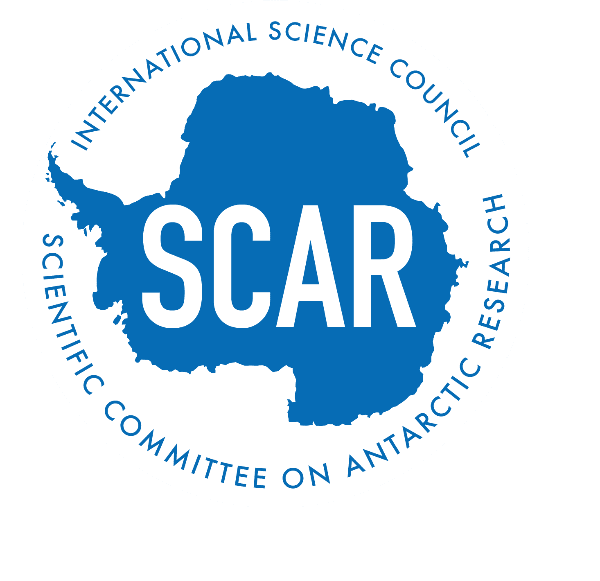



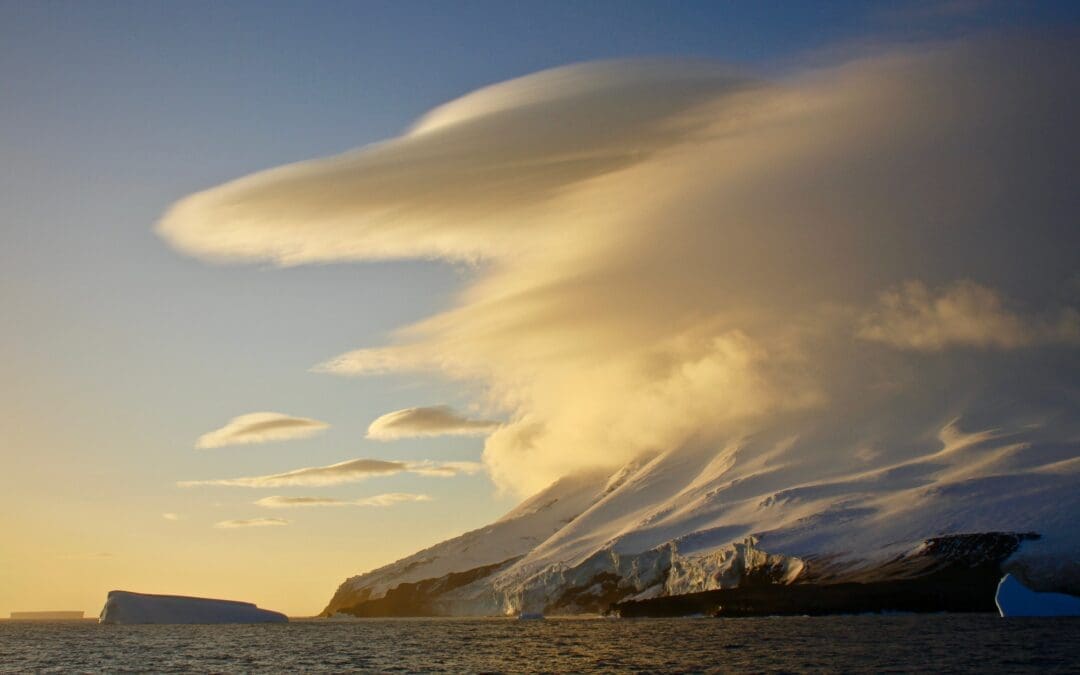
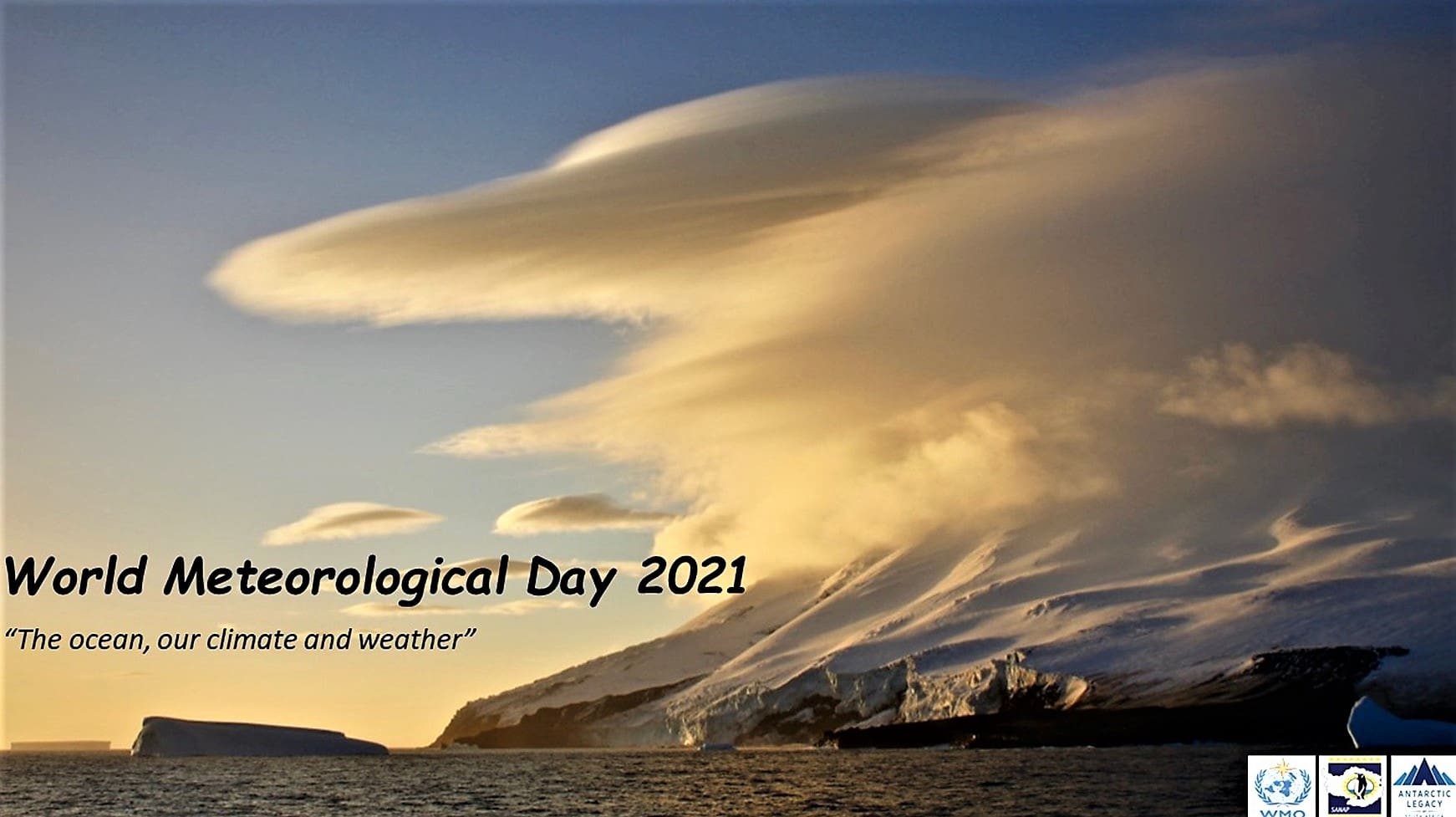
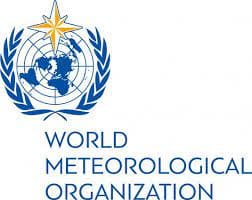 This year the theme for
This year the theme for 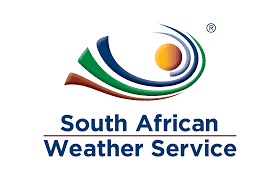 The South African Antarctic Programme (SANAP) and
The South African Antarctic Programme (SANAP) and 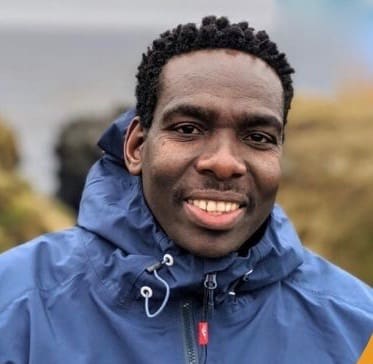




 (l-r) Zinhle Shongwe (Senior Meteorologist), Dylan Seaton (Assistant Meteoroglist) and Asavela Somaxaka (Meteorological Technician).
(l-r) Zinhle Shongwe (Senior Meteorologist), Dylan Seaton (Assistant Meteoroglist) and Asavela Somaxaka (Meteorological Technician). Gerard (Boy) Oppel (Senior Meteorologist)
Gerard (Boy) Oppel (Senior Meteorologist)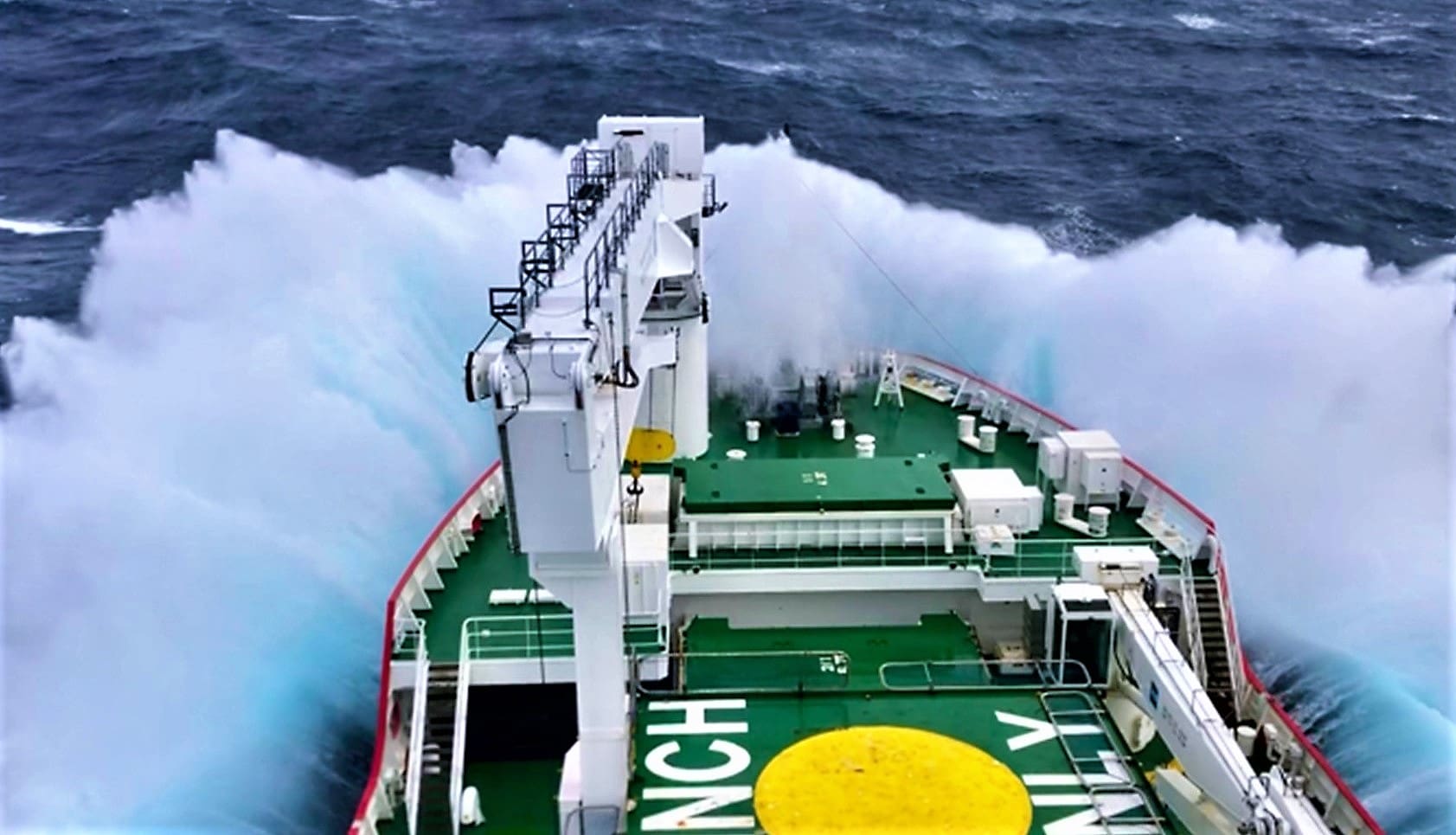 It is also important to note that
It is also important to note that 
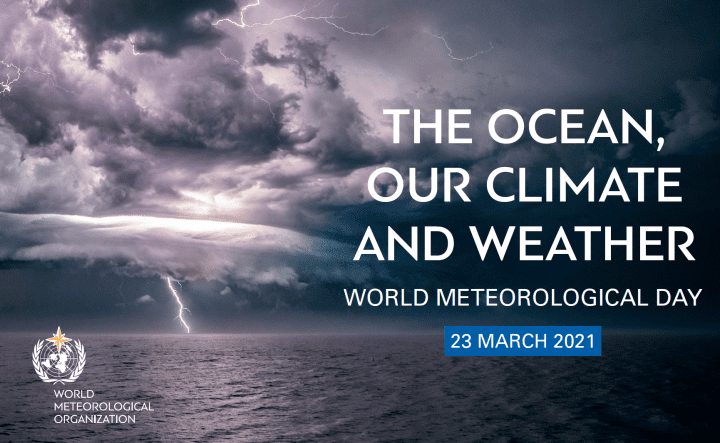 See
See 
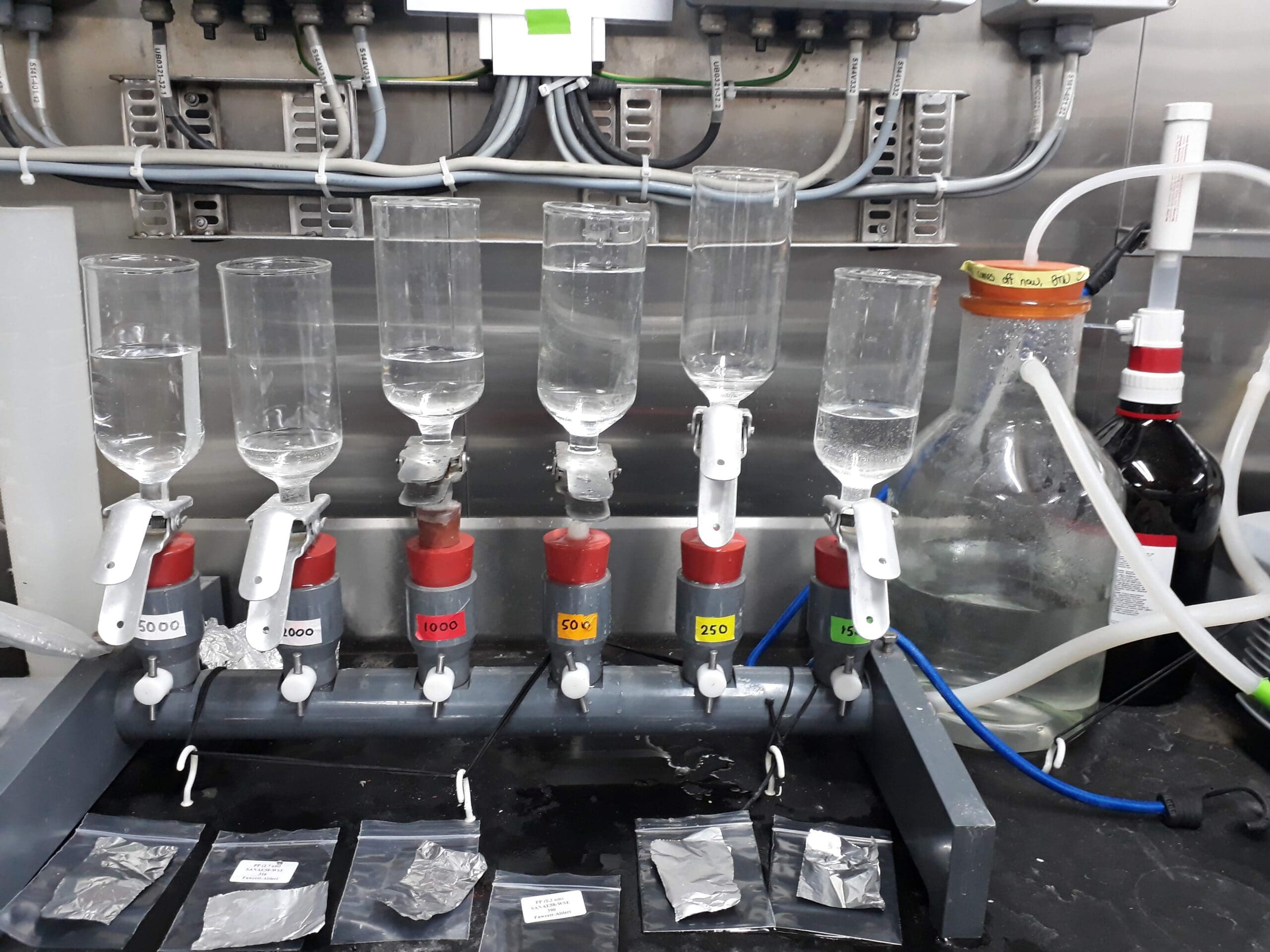
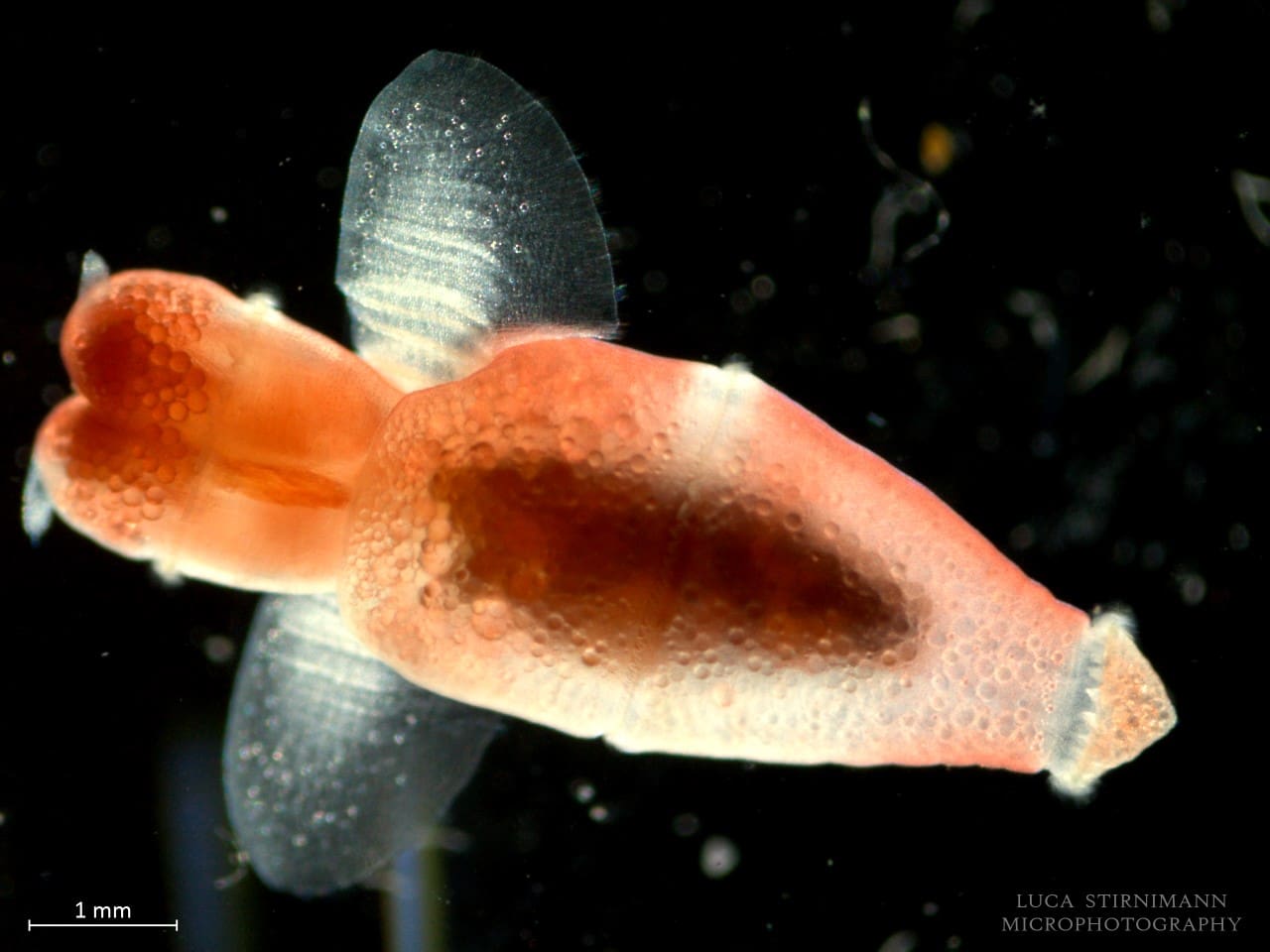
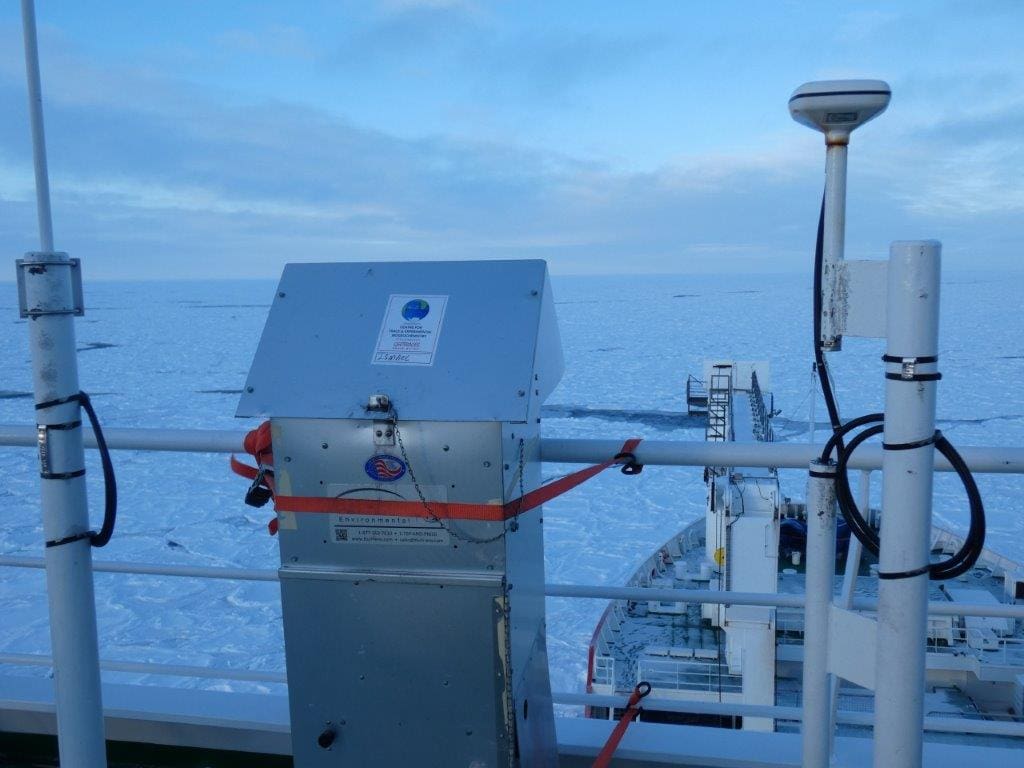 BIOGRIP comprises four research ‘nodes’ based at the Universities of Cape Town (focusing on isotope biogeochemistry), Stellenbosch (water and soil biogeochemistry), Free State (mineral biogeochemistry) and North-West University (atmospheric biogeochemistry), with the administrative ‘hub’ located at UCT. The
BIOGRIP comprises four research ‘nodes’ based at the Universities of Cape Town (focusing on isotope biogeochemistry), Stellenbosch (water and soil biogeochemistry), Free State (mineral biogeochemistry) and North-West University (atmospheric biogeochemistry), with the administrative ‘hub’ located at UCT. The 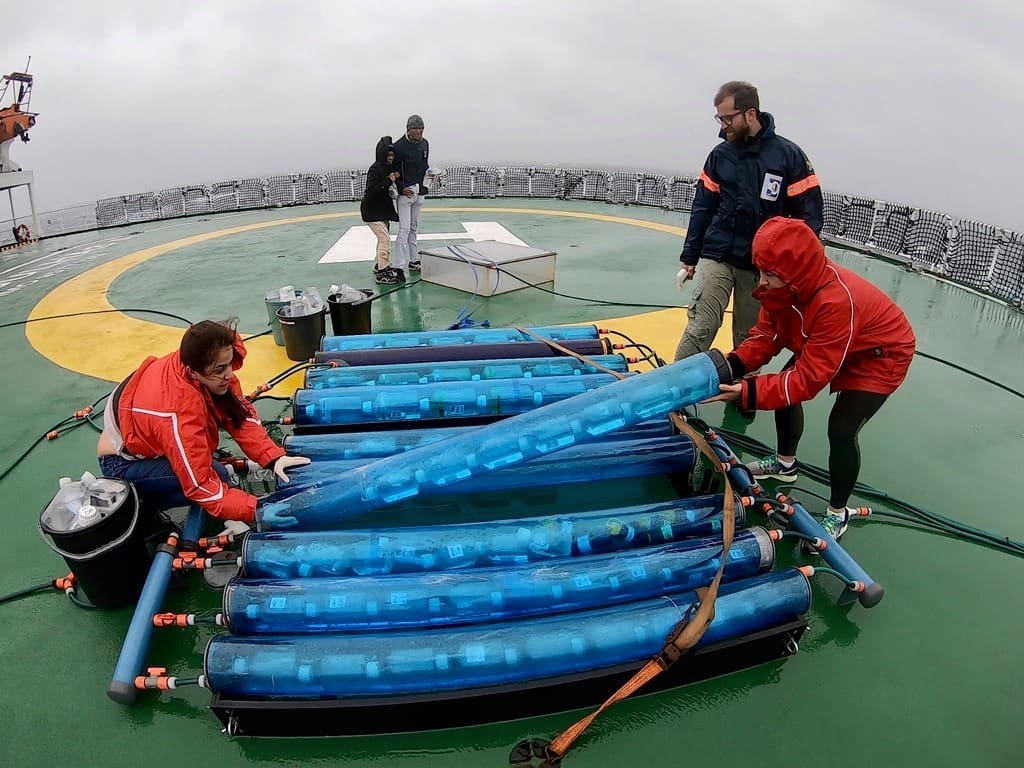
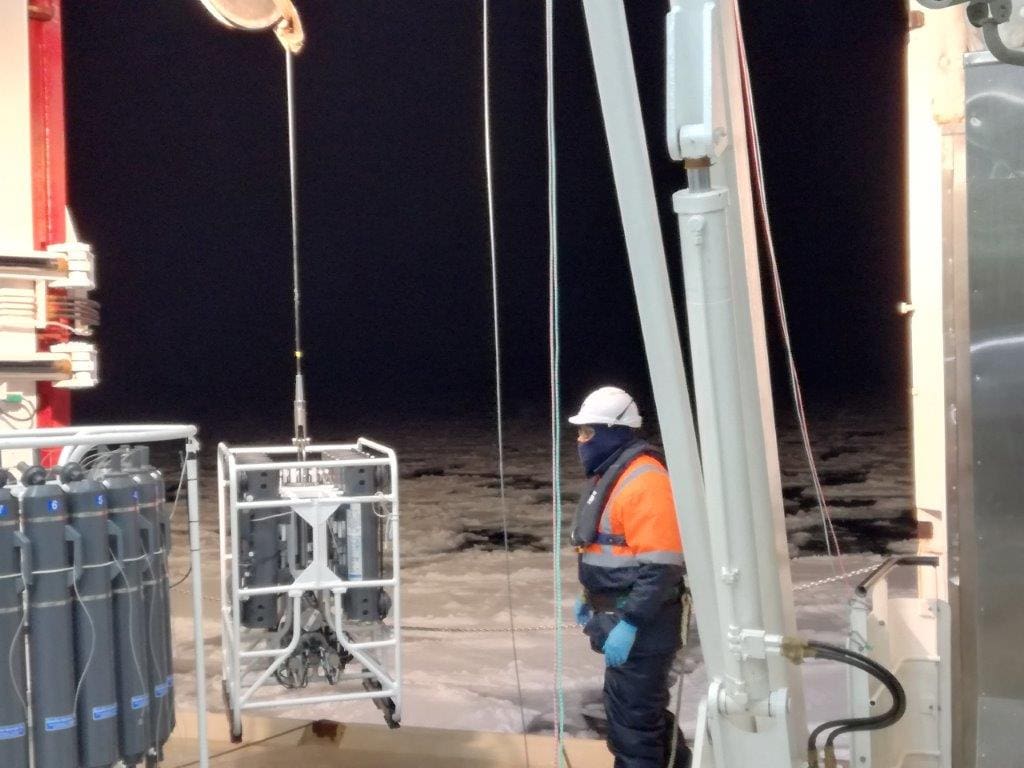 “Biogeochemistry” is the study of how biological, geological, chemical, and physical processes interact to shape natural environments over time and space. It covers a range of interdisciplinary research foci, from the origin and diversification of life, to how anthropogenic drivers alter modern environments, to the response of natural systems to environmental change. Biogeochemistry was identified by the 2016 South African Research Infrastructure Roadmap (SARIR) document as an emerging interdisciplinary field of strategic importance. SARIR recommends that the central objective of biogeochemical research in South Africa should be to gain “further insight into the interactions of human activity and the environment over the past several hundred millennia and to determine how the environmental impact of anthropogenic activity has contributed to the change in Earth system dynamics (chemical, physical and biological). This includes the search for an understanding of the behavior of well characterized and emerging pollutants and their current impact on the environment”. There are a number of strong research groups in South Africa already investigating various aspects of this broad research objective, but their efforts to-date have been isolated and/or fragmented. Moreover, biogeochemistry requires high precision data and measurements of a vast range of inorganic and organic chemical components, including isotope ratios and trace elements, some of which cannot currently be made in South Africa and many of which cannot be run at the volume and quality required. The investment in BIOGRIP will provide the platform to drive biogeochemical knowledge creation through investment in (1) technical capacity, training and scientific leadership in biogeochemical research, (2) world-class analytical facilities, and (3) improved monitoring of biogeochemical environmental variables through the generation and compilation of statistically meaningful datasets.
“Biogeochemistry” is the study of how biological, geological, chemical, and physical processes interact to shape natural environments over time and space. It covers a range of interdisciplinary research foci, from the origin and diversification of life, to how anthropogenic drivers alter modern environments, to the response of natural systems to environmental change. Biogeochemistry was identified by the 2016 South African Research Infrastructure Roadmap (SARIR) document as an emerging interdisciplinary field of strategic importance. SARIR recommends that the central objective of biogeochemical research in South Africa should be to gain “further insight into the interactions of human activity and the environment over the past several hundred millennia and to determine how the environmental impact of anthropogenic activity has contributed to the change in Earth system dynamics (chemical, physical and biological). This includes the search for an understanding of the behavior of well characterized and emerging pollutants and their current impact on the environment”. There are a number of strong research groups in South Africa already investigating various aspects of this broad research objective, but their efforts to-date have been isolated and/or fragmented. Moreover, biogeochemistry requires high precision data and measurements of a vast range of inorganic and organic chemical components, including isotope ratios and trace elements, some of which cannot currently be made in South Africa and many of which cannot be run at the volume and quality required. The investment in BIOGRIP will provide the platform to drive biogeochemical knowledge creation through investment in (1) technical capacity, training and scientific leadership in biogeochemical research, (2) world-class analytical facilities, and (3) improved monitoring of biogeochemical environmental variables through the generation and compilation of statistically meaningful datasets.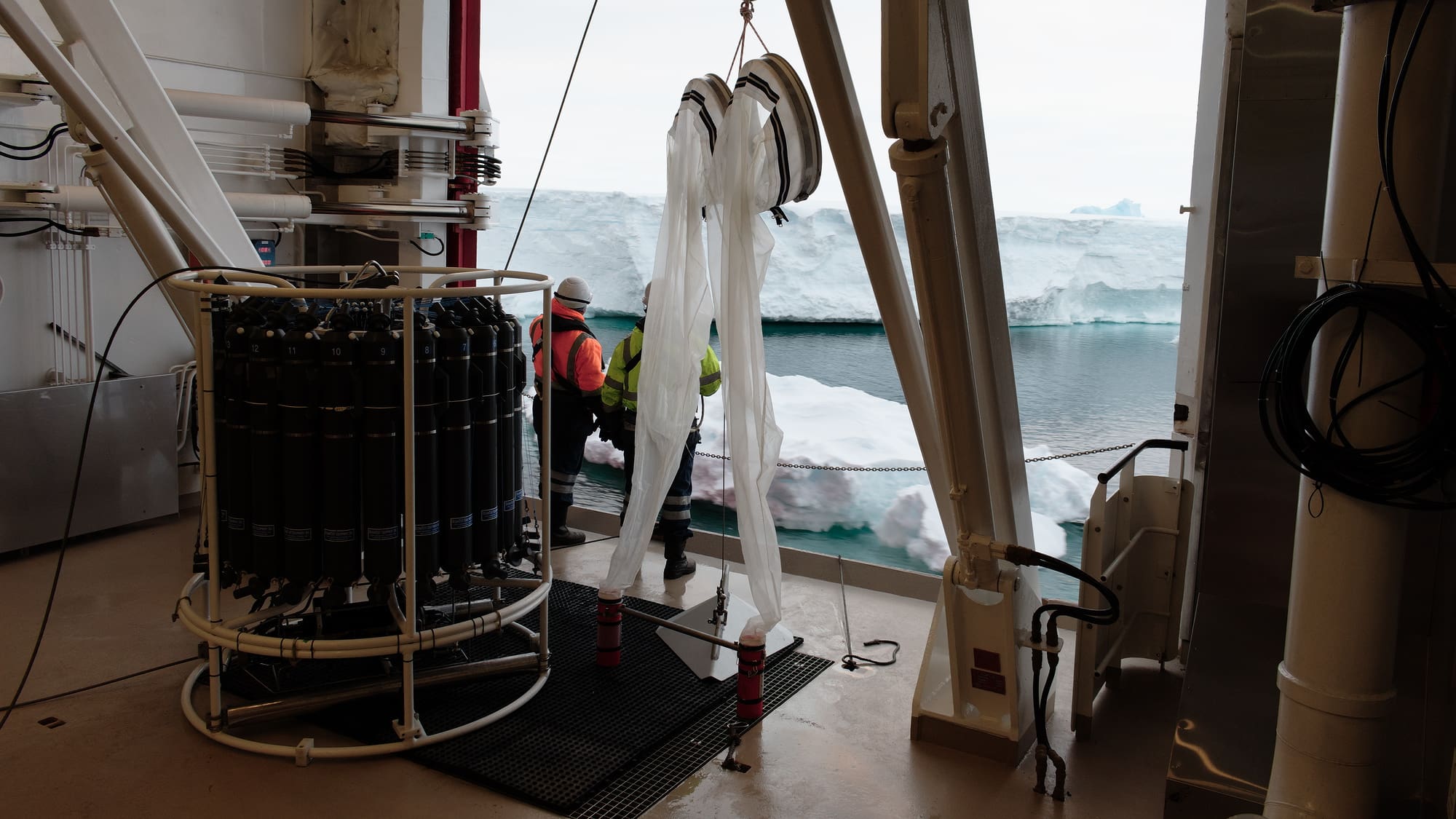 BIOGRIP will provide significant opportunities to advance South Africa’s research infrastructure and technical capacity in the field of biogeochemistry, while also facilitating a high level of scientific impact on a range of temporal and spatial scales. BIOGRIP will extend the practical research questions that address specific South African problems to include those that are purely curiosity-driven, creative, and/or risky, while also deepening the extent to which ongoing research themes can be probed. An additional impact of developing analytical capacity in-country is the potential for creative methods development, particularly South African-specific applications (e.g., for research questions relevant to the Cape floristic kingdom, hominin evolution, water availability and quality, Antarctic ecosystems, etc.). This will allow the South African research community to push the frontiers of knowledge in a variety of fields where biogeochemical techniques have yet to be applied (or have yet to be applied at the resolution offered by BIOGRIP).
BIOGRIP will provide significant opportunities to advance South Africa’s research infrastructure and technical capacity in the field of biogeochemistry, while also facilitating a high level of scientific impact on a range of temporal and spatial scales. BIOGRIP will extend the practical research questions that address specific South African problems to include those that are purely curiosity-driven, creative, and/or risky, while also deepening the extent to which ongoing research themes can be probed. An additional impact of developing analytical capacity in-country is the potential for creative methods development, particularly South African-specific applications (e.g., for research questions relevant to the Cape floristic kingdom, hominin evolution, water availability and quality, Antarctic ecosystems, etc.). This will allow the South African research community to push the frontiers of knowledge in a variety of fields where biogeochemical techniques have yet to be applied (or have yet to be applied at the resolution offered by BIOGRIP).




